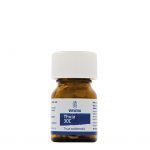

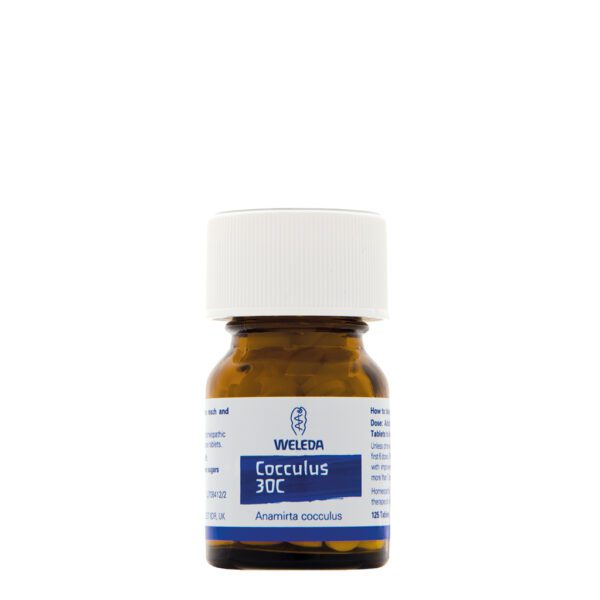
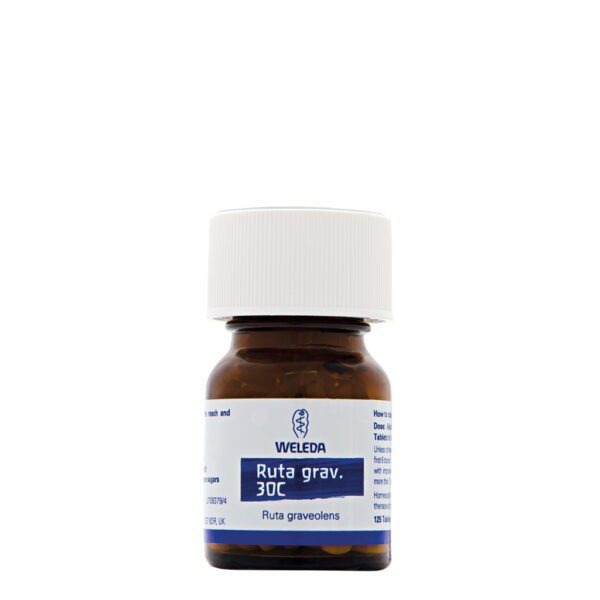
Thuja 30c 125 Tablets Weleda
£8.50 Original price was: £8.50.£6.79Current price is: £6.79.
Thuja
Thuja is a genus of coniferous trees in the family Cupressaceae. There are five species in the genus, all of which are native to North America and Asia. The trees are commonly known as arborvitaes or “trees of life”, and are often used as ornamental plants in gardens and landscaping.
The most commonly cultivated species is Thuja occidentalis, which is native to eastern North America. This tree is often used as a hedge or screen due to its dense foliage and ability to grow quickly.
Thuja plicata, also known as western red cedar, is another popular species that is native to western North America. It is used for timber and has a distinctive aromatic scent.
Benefits
Thuja trees are generally tall and narrow, with a conical or columnar shape. They have scale-like leaves that are arranged in opposite pairs along the branches.
The leaves are usually green but may turn bronze or brown in the winter. The trees produce cones that are small and woody, and they typically grow in pairs or clusters.
Thuja trees have a long history of use in traditional medicine. The leaves and twigs of the tree contain compounds that have antiviral, antibacterial, and anti-inflammatory properties.
They have been used to treat a variety of ailments, including respiratory infections, skin conditions, and arthritis. However, it is important to note that there is limited scientific evidence to support the efficacy of these treatments.
Thuja is a tree. The leaves and leaf oil are used as a medicine.
Thuja is used for respiratory tract infections such as bronchitis, bacterial skin infections, and cold sores. It is also used for painful conditions including osteoarthritis and a nerve disorder that affects the face called trigeminal neuralgia.
Some people use to loosen phlegm (as an expectorant), to boost the immune system (as an immunostimulant), and to increase urine flow (as a diuretic). It has also been used to cause abortions.
It is sometimes applied directly to the skin for joint pain, ostearthritis, and muscle pain. Thuja oil is also used for skin diseases, warts, and cancer; and as an insect repellent.
In foods and beverages, it is used as a flavoring agent.
In manufacturing, it is used as a fragrance in cosmetics and soaps.

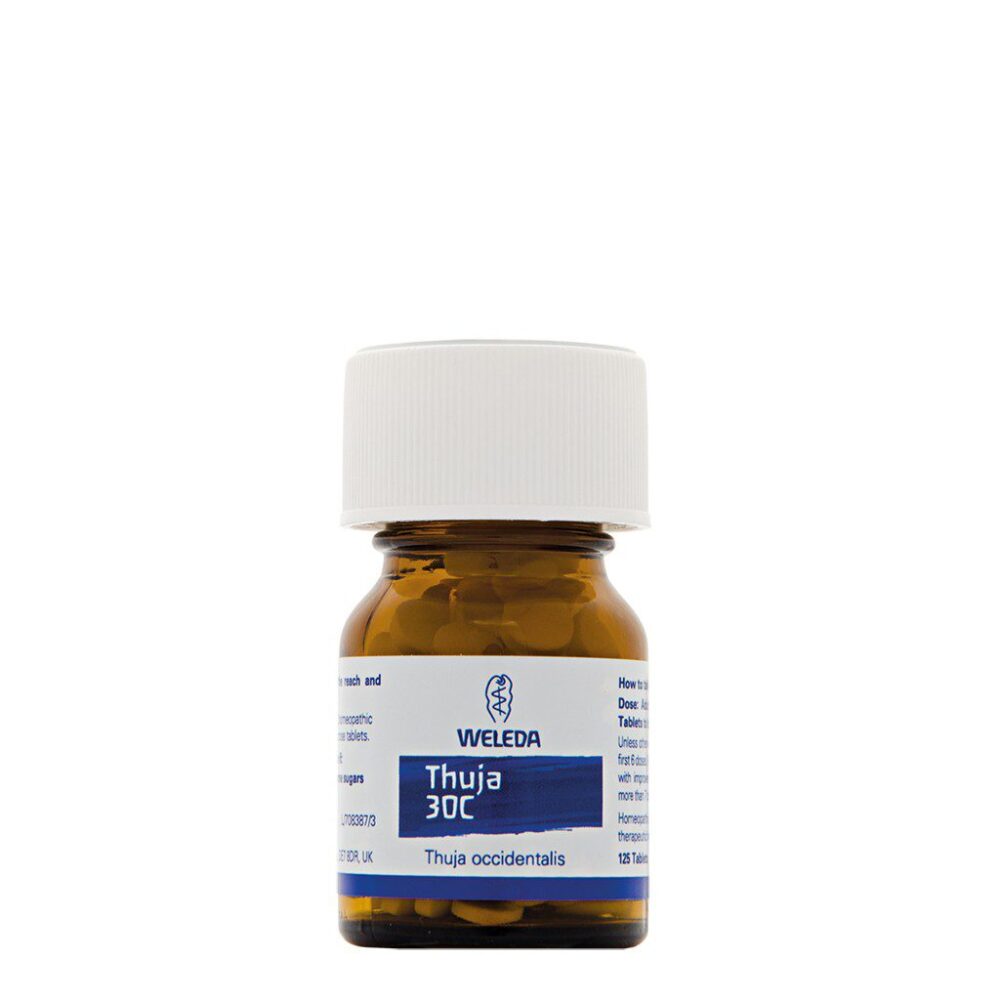
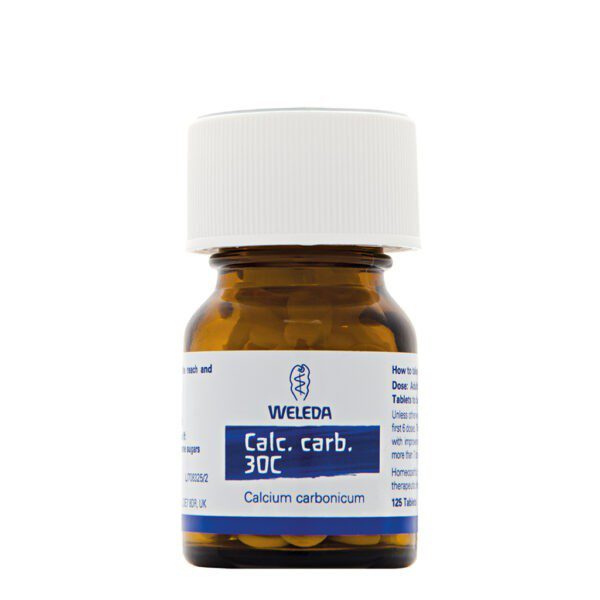
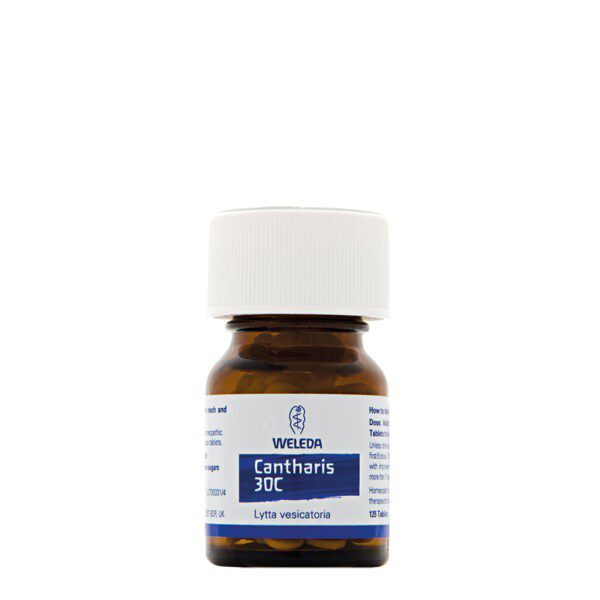
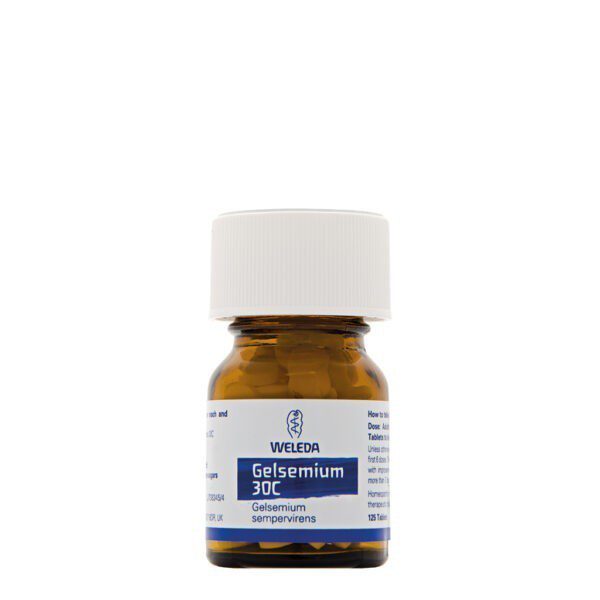
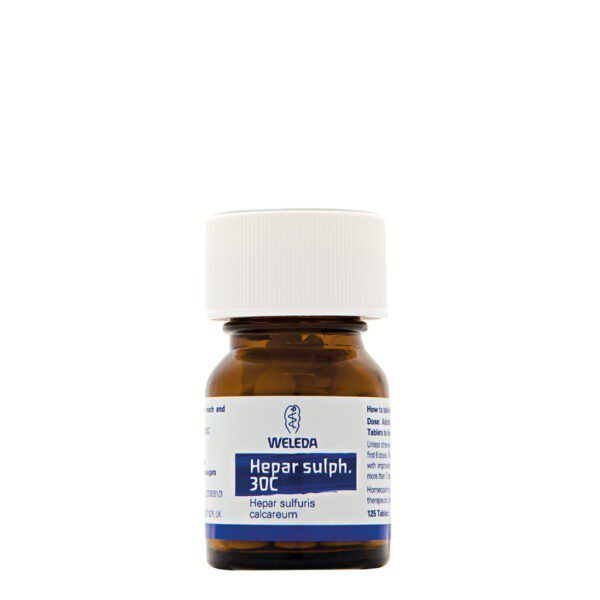
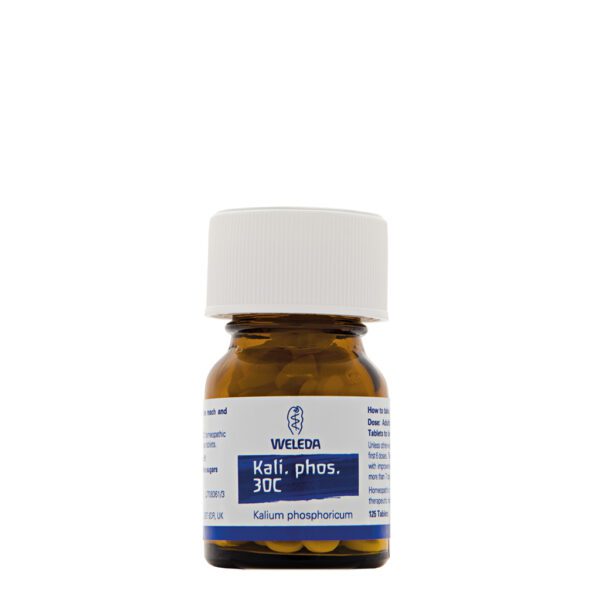
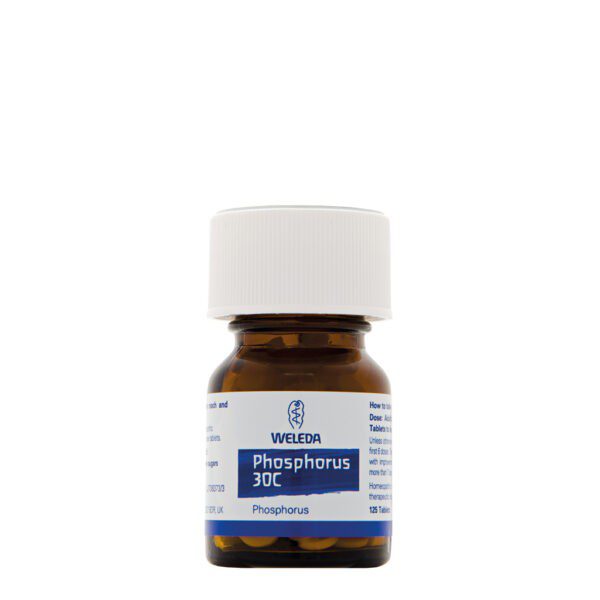

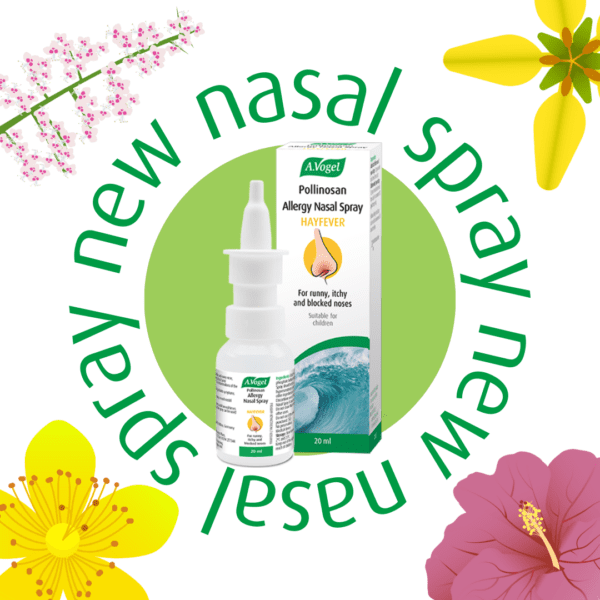
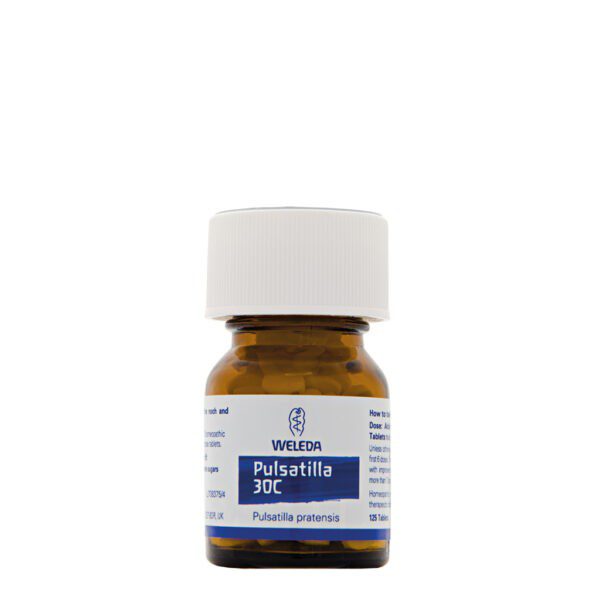

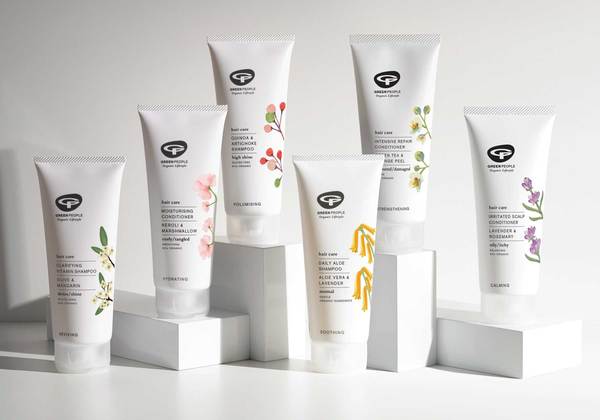


Reviews
There are no reviews yet.